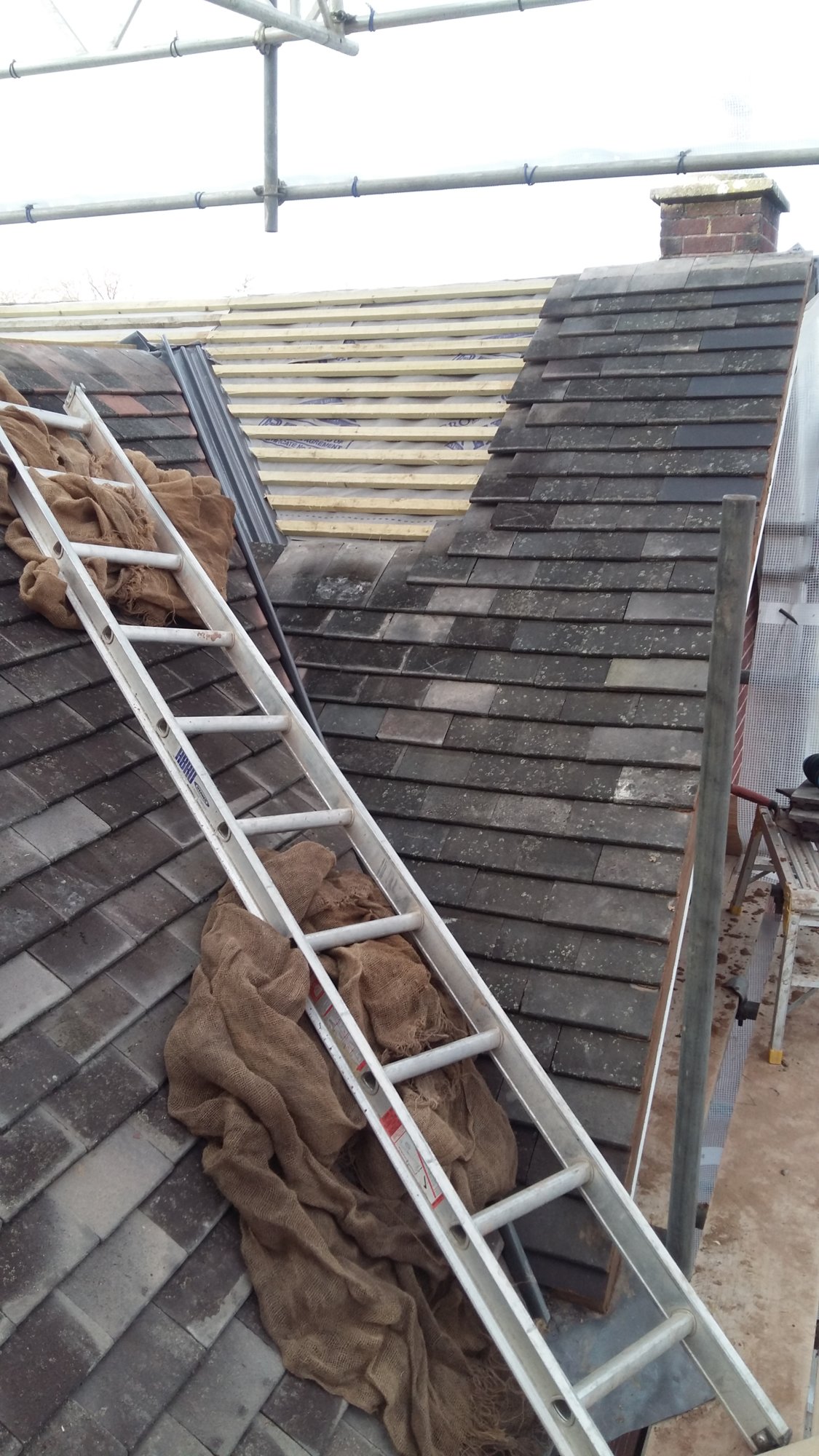- Joined
- 27 Oct 2020
- Messages
- 72
- Reaction score
- 7
- Country

Hi, I've seen there is a product called 'RoofSmart Pads' which is a plastic board with foam attached underneath, which you put on a roof so you can walk on the tiles without any risk of breaking them, and it also gives you a much safer surface to walk on. I am in the U.K. and I can't get these pads here (and they are very, very expensive anyway) - has anybody tried using Stratocell foam (it's often used in packaging new items, it's like polystyrene except it doesn't crumble into little bits and doesn't 'crack') and just laying that on a roof? I was thinking of buying some 2" thick Stratocell, maybe 2 by 4 feet in size, three or four of them, so that I can walk around my roof without having to worry about breaking a tile.



